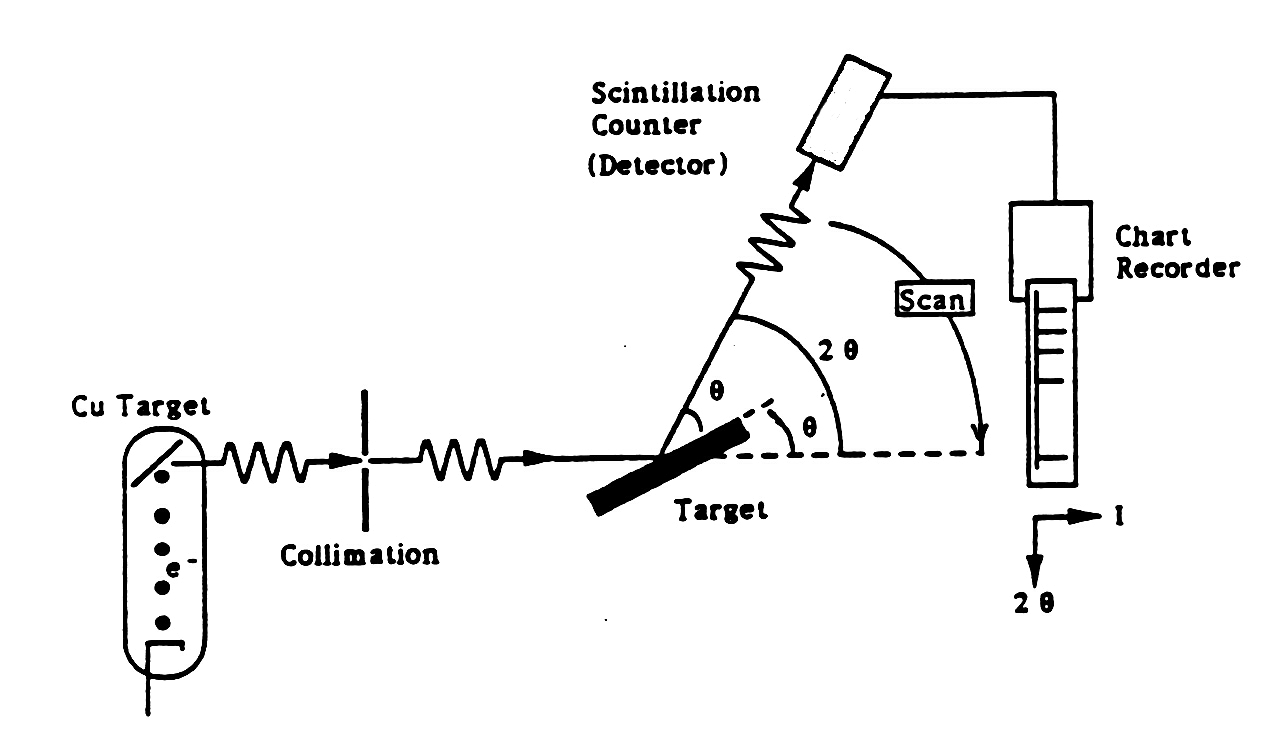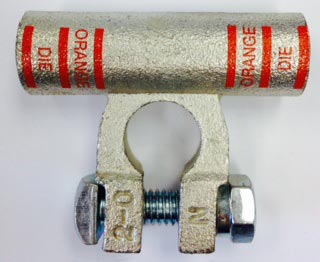
Cesium chloride, CsCl, (illustrated in ) is an example of this, with Cs + and Cl − having radii of 174 pm and 181 pm, respectively. When an ionic compound is composed of cations and anions of similar size in a 1:1 ratio, it typically forms a simple cubic structure. Many ionic compounds crystallize with cubic unit cells, and we will use these compounds to describe the general features of ionic structures. illustrates both of these types of holes. The larger type of hole is found at the center of six anions (three in one layer and three in an adjacent layer) located at the corners of an octahedron this is called an octahedral hole. The four anions surrounding this hole are arranged at the corners of a tetrahedron, so the hole is called a tetrahedral hole.

The smaller of the holes is found between three anions in one plane and one anion in an adjacent plane. (As seen previously, additional electrons attracted to the same nucleus make anions larger and fewer electrons attracted to the same nucleus make cations smaller when compared to the atoms from which they are formed.) The smaller cations commonly occupy one of two types of holes (or interstices) remaining between the anions. In simple ionic structures, we usually find the anions, which are normally larger than the cations, arranged in a closest-packed array. Structures are determined by two principal factors: the relative sizes of the ions and the ratio of the numbers of positive and negative ions in the compound. Consequently, stable structures for ionic compounds result (1) when ions of one charge are surrounded by as many ions as possible of the opposite charge and (2) when the cations and anions are in contact with each other. Most monatomic ions behave as charged spheres, and their attraction for ions of opposite charge is the same in every direction. The packing of these ions into a crystal structure is more complex than the packing of metal atoms that are the same size. Ionic crystals consist of two or more different kinds of ions that usually have different sizes. The mass of the unit cell can be found by: Therefore, the radius of Po is \(r\phantom=3\) atoms), for a total of four atoms in the unit cell. (a) Two adjacent Po atoms contact each other, so the edge length of this cell is equal to two Po atomic radii: l = 2 r. (b) Determine the density of alpha polonium.Īlpha polonium crystallizes in a simple cubic unit cell: (a) Determine the radius of a polonium atom. The edge length of the unit cell of alpha polonium is 336 pm.

Calculation of Atomic Radius and Density for Metals, Part 1


 0 kommentar(er)
0 kommentar(er)
